Would You Donate to You?

Let’s flip the script. This week, you’re not the fundraiser—you’re the donor.
For five easy, eye-opening days, you’ll experience your organization the way your supporters do: what they see, how they feel, and what might be turning them off (or winning them over). It’s a chance to spark fresh insights, fine-tune your approach, and build a more donor-centered experience—without adding anything major to your to-do list. Let’s go!
Start Here: Map the Donor Experience
Before you can see your organization through a donor’s eyes, you need to know where they’re looking. Begin by making a list of all the ways a potential donor might interact with your organization. First impressions matter—and so do second, third, and tenth ones. Every touchpoint is a chance to build trust (or lose it).
To get you started, here are some common places your donor might encounter you:
- Your website (especially the homepage and “Donate” page)
- Email newsletters and appeals
- Social media posts, comments, and replies
- Event invitations, attendance or follow-ups
- Thank-you messages (or the lack of them)
- Confirmation emails and donation receipts
- Voicemail greetings or phone interactions
- Encounters a street fundraiser working on your behalf
- Calls your front desk for information
- Staff bios or leadership pages
- Direct mail pieces (including brochures, catalogues, fliers from a program)
- Internet search results (especially on Charity Navigator or Candid/Guidestar)
- Online reviews or media coverage
- Participation as a volunteer (direct service, committee or board)
- Participates in a fee-for-service program
- Has friends or family involved as participants
Jot down every possible entry point—even the ones that seem small.
These are the windows into your world, and this week, we’re going to peek through them all.
The 5-Day Donor Challenge
Day 1: The First Impression Test
Today, you’re a stranger—someone who just heard about your organization and decided to check it out. Open your website as if you’re visiting it for the very first time. What do you see? What do you feel?
Here’s your checklist:
Details
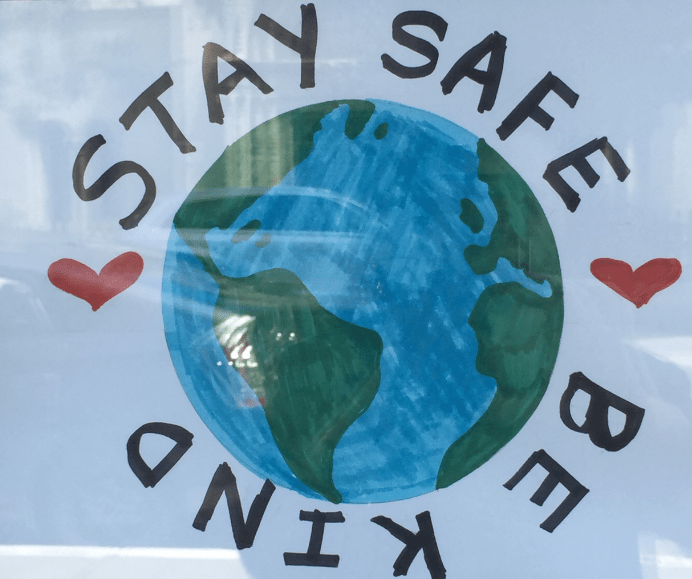
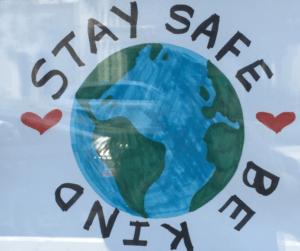 No matter your politics, this is crisis time for many nonprofits who rely on federal grants and loans (about
No matter your politics, this is crisis time for many nonprofits who rely on federal grants and loans (about 
 In
In 
 You’ve got one month before fall fundraising season begins in earnest.
You’ve got one month before fall fundraising season begins in earnest.
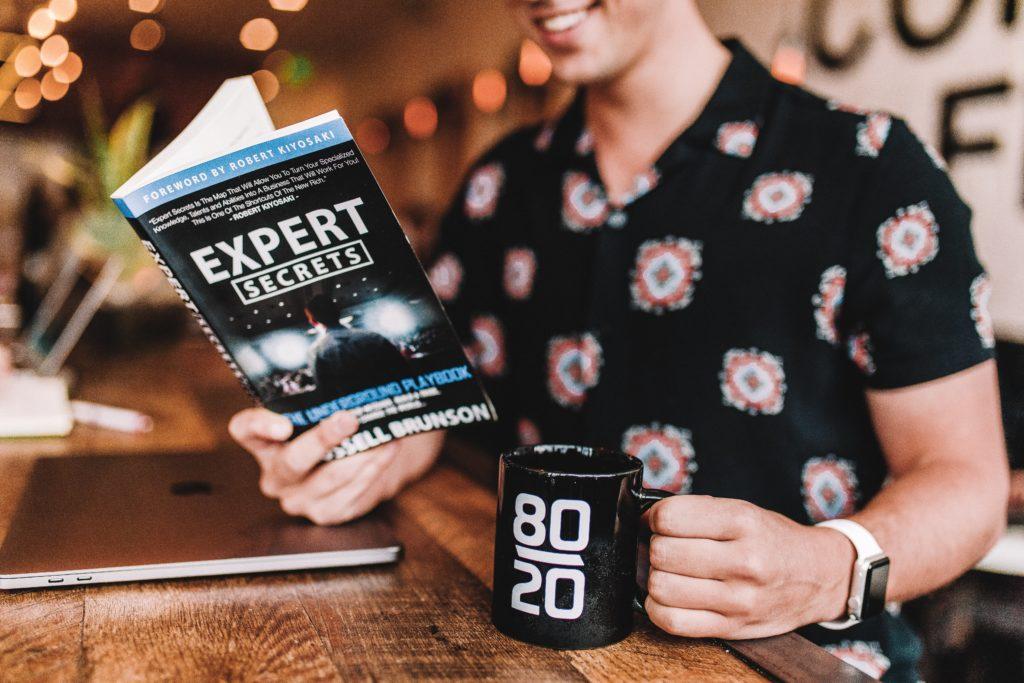 There’s a treasure trove of knowledge and research around major gift fundraising. What works well. What doesn’t work at all. What’s, at best, half-baked.
There’s a treasure trove of knowledge and research around major gift fundraising. What works well. What doesn’t work at all. What’s, at best, half-baked.
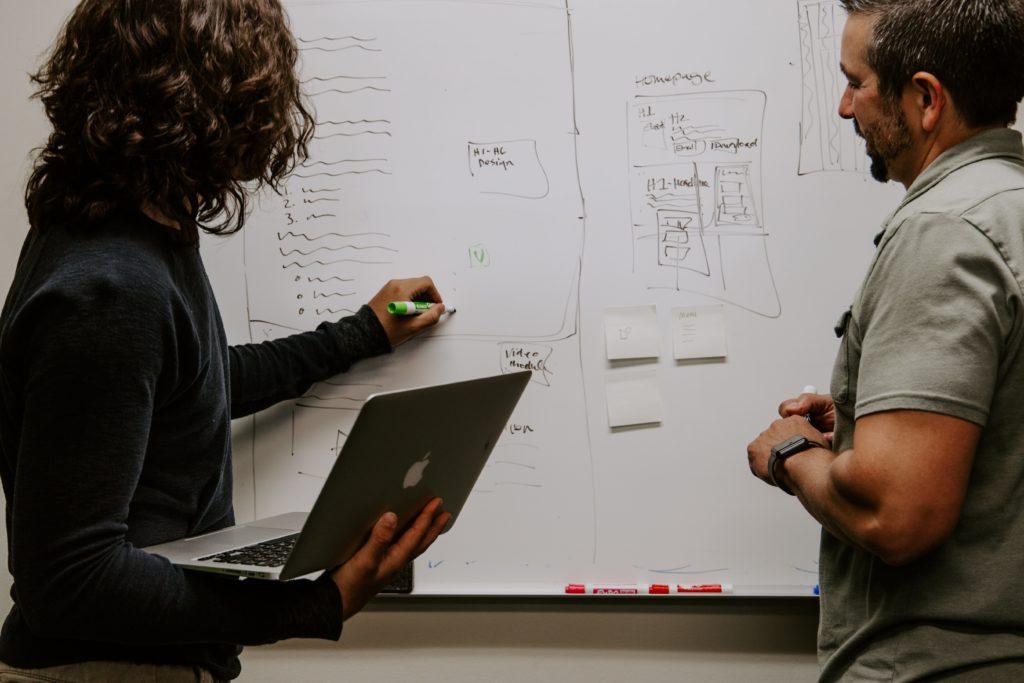 Once upon a time I let folks know I’d “finagled” a discount for them. After one reader told me the word “finagle” means “to obtain something by devious or dishonest means,” I sent an apologetic “Ruh Roh” email. I received a lot of forgiving (thank you!) feedback. Many kindly supported my initial use of the word “finagle.”
Once upon a time I let folks know I’d “finagled” a discount for them. After one reader told me the word “finagle” means “to obtain something by devious or dishonest means,” I sent an apologetic “Ruh Roh” email. I received a lot of forgiving (thank you!) feedback. Many kindly supported my initial use of the word “finagle.”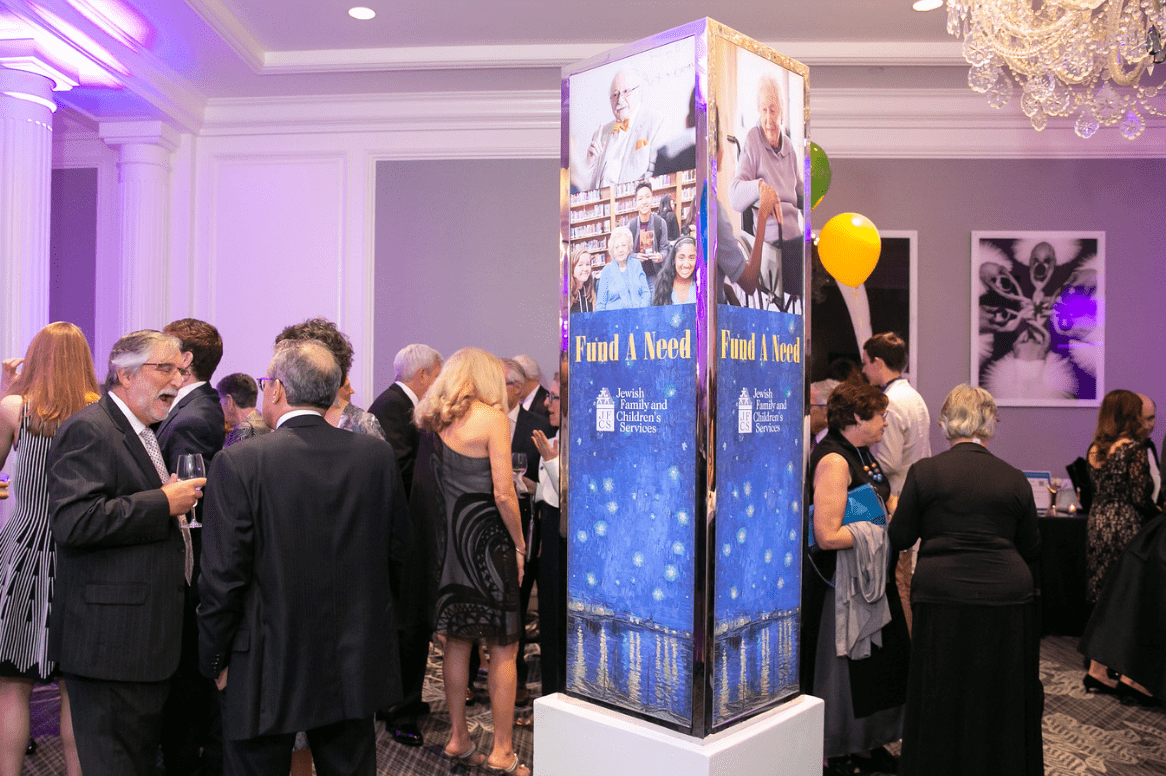
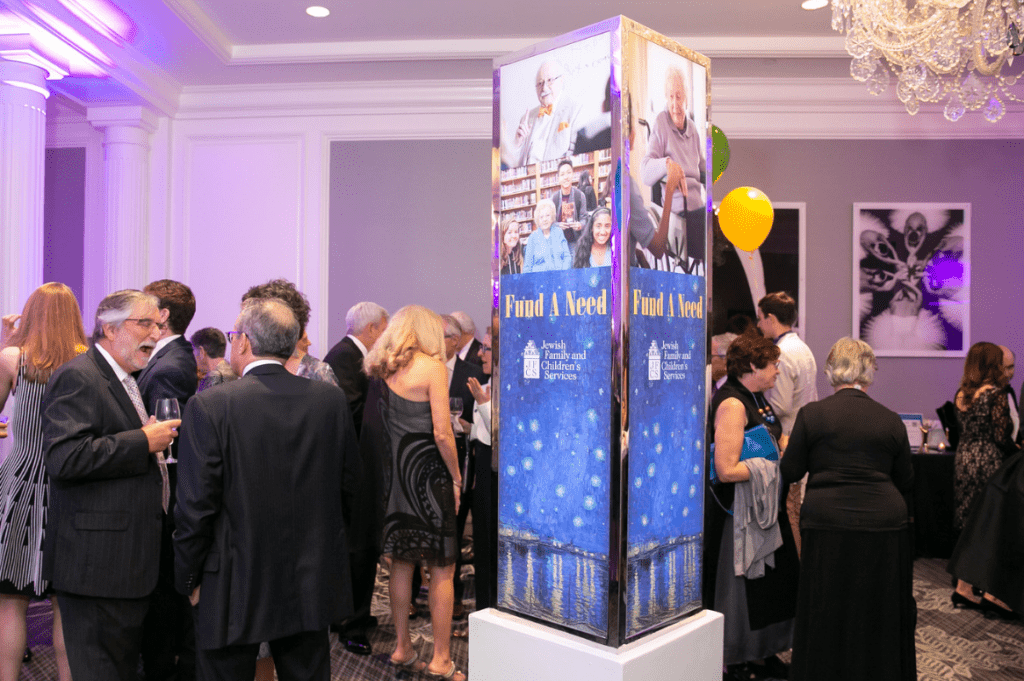

 In my last article I talked about
In my last article I talked about 
